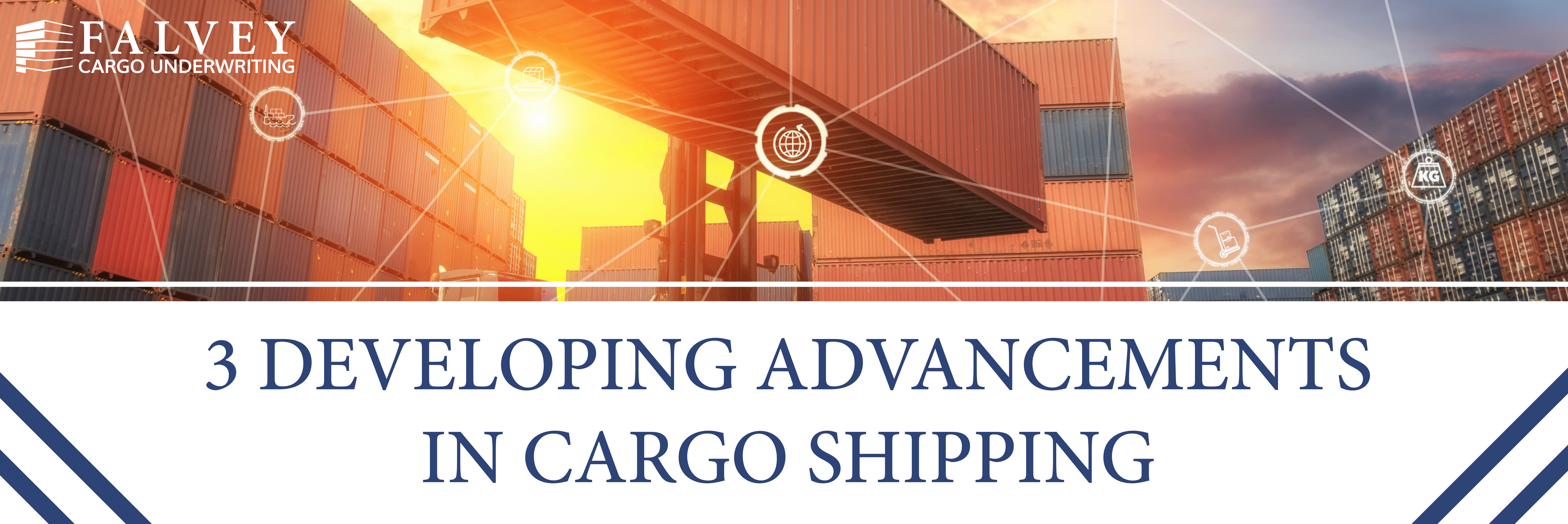The boom in e-commerce has propelled the transportation industry into rapid growth, with new technology and solutions emerging to keep pace with the demand. By tracking the latest advancements, shippers and brokers will be better positioned to adapt to the changes. Here’s what’s developing rapidly in the cargo shipping industry:
- Automation & Robotics
A tremendous amount of money and resources are being invested in automation and robotics for cargo shipping services. Automated trucks, ships, and warehouses are already being beta tested in many locations.
For example, Maxlimer, a product of SEA-KIT, is an unmanned surface vessel (USV) that’s scheduled to make a historic Atlantic crossing in 2020. Completely robotic with no human crew and using less than 5% of the fuel required to operate a standard ocean-going vessel, Maxlimer has already made short runs between Britain and Belgium, and sailed to Norway. If successful, the month-long journey would be the first cross-Atlantic trip for a USV and would lay the groundwork to expand SEA-KITs technology to develop other unmanned ships, tankers, and workboats.
Plus, versatile, increasingly intelligent robots are being introduced to handle more routine tasks in the supply chain. The Global Marine Technology Trends 2030 report predicts three new types of robots will be used in commercial shipping: a learning robot, a practical, asset-handling robot, and a mini-robot that’s built for inspections.
How the industry will handle autonomous vessels is a looming question—there are several worldwide initiatives in progress that aim to tackle the regulations, legislation, environmental concerns, and insurance requirements related to automation.
While full autonomy is likely in the distant future, partial autonomy—automated systems with robots replacing most of the human roles—is nearly here.
- Connected Vehicles & Vessels
Widespread adoption of 5G is nigh, which will completely transform how vehicles and vessels communicate. The speedier 5G network will lead to “connected” ships and trucks—with multiple applications running simultaneously and transmitting real-time, accurate information, taking freight operations to the next level. For example, operators and dispatchers will be able to access HD and 3D video from on-board video devices. This enables them to make informed decisions on how to improve logistics and protect employee welfare.
Because of 5G speeds, more and more devices throughout the supply chain will become part of the Internet of Things. Aggregating the data from all devices provides businesses with rich, layered insights into what’s happening in the field. Connected vehicles and vessels will be able to communicate with each other, their home base, and even manufacturers and warehouses.
- Advanced Sensors
Next-generation sensor technology is starting to eliminate the need for functions relating to in-person inspections and checks. For example, sensors can automatically collect data on cargo and relay it in real time, allowing for continual, remote monitoring. Sensors provide data on a container’s location, temperature, humidity, impacts, movement, vibration—and even if the container has been opened. Sensors can also send notifications when equipment needs maintenance, helping ship and fleet owners improve overall maintenance.
Some emerging sensor technology is facing controversy as it can monitor humans, such as tracking heartbeats to alert operators if a driver or crew member has fallen asleep while on duty.
Powerful technology for 2020 and beyond has arrived, launching the shippers and brokers into a new decade of innovation. The question remains how underwriters and cargo insurance policies will include or exclude coverage for shipments via automated trucks, ships, and other conveyances. Click here to read about other emerging trends in the industry.




